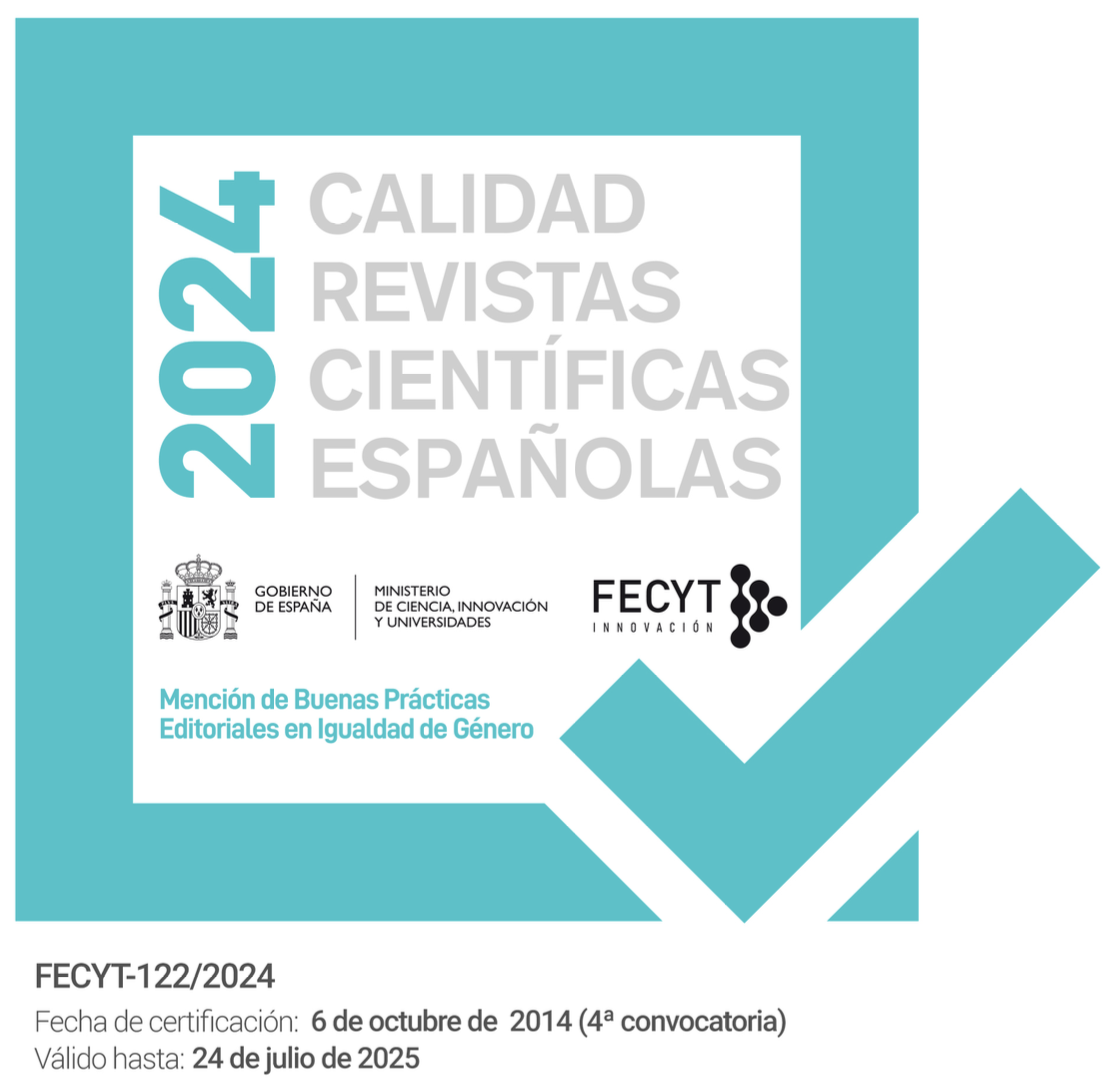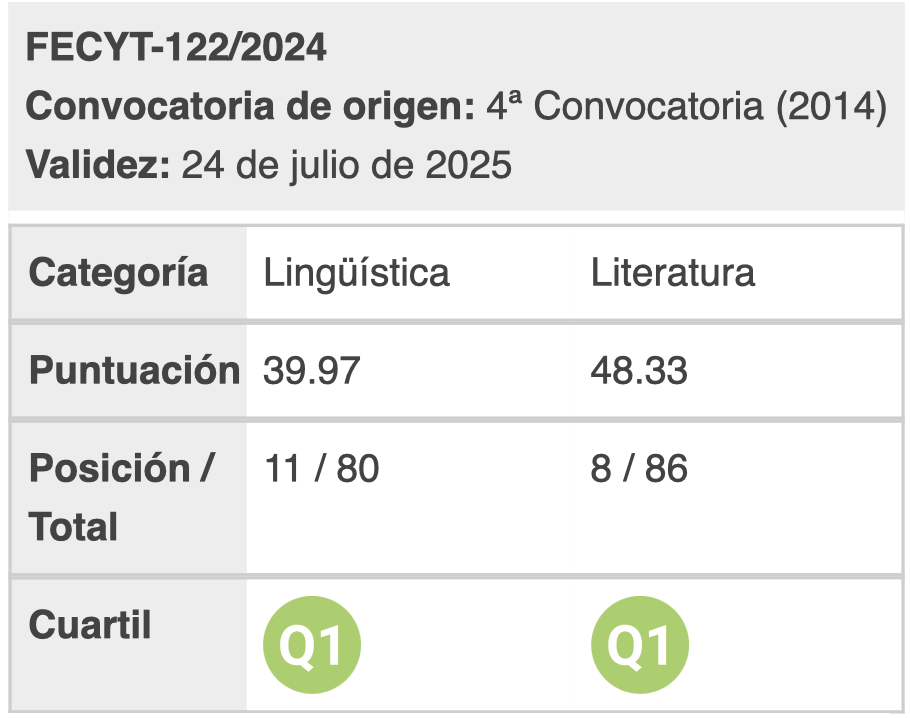““The Horror! The Horror!”: Narrative Intersections between Gothic Fiction and the Embodied Experience of Chronic Pain and Disability in Christina Crosby’s A Body, Undone
DOI:
https://doi.org/10.28914/Atlantis-2024-46.2.12Abstract
In A Body, Undone: Living On After Great Pain (2016), Christina Crosby establishes a critical dialogue between horror fiction and her own experience of spinal cord injury and chronic neurological pain. In the chapter “The Horror! The Horror!” Crosby gives a phenomenological meaning to the Freudian concept of uncanniness (Unheimlich), a narrative element in horror stories that dislocates readers from their familiar world. Considering Edgar Allan Poe’s Gothic short story “The Fall of the House of Usher” as the prototypical terror tale that challenges logic and rationality, Crosby reflects on how quadriplegia and chronic pain abruptly threw her into the unfamiliar world of dependence and loss. This article analyses the experience of uncanniness in the context of bodily dysfunction and the fear resulting from the uncertainty about the future after permanent damage to the central nervous system. The concept of “uncanny” will be expanded beyond its Freudian connotations to explore the symbolic and phenomenological meanings of the (body) double and the relationship between sublimity, horror and pain.
Downloads
Metrics
References
Ahmed, Sara. 2014. The Cultural Politics of Emotion. Edinburgh: Edinburgh UP. Bailey, James O. 1964. “What Happens in ‘The Fall of the House of Usher’?” American Literature 35 (4): 445-66.
Bennett, Andrew and Nicholas Royle. 2004. An Introduction to Literature, Criticism and Theory. Harlow: Pearson.
Carel, Havi. 2016. Phenomenology of Illness. New York: Oxford UP.
Crosby, Christina. 2016. A Body, Undone: Living On After Great Pain. New York: New York UP.
Folkmarson Käll, Lisa, ed. 2013. Dimensions of Pain: Humanities and Social Science Perspectives. London: Routledge.
Frank, Arthur. 2007. “Five Dramas of Illness.” Perspectives in Biology and Medicine 50(3): 379-94.
Freud, Sigmund. (1919) 1981. “The Uncanny.” In Strachey 1981, 217-56.
Gotlib, Anna. 2013. “On the Borderlands: Chronic Pain as Crisis of Identity.” In Folkmarson Käll 2013, 41-59.
Hayes, Kevin J., ed. 2004. The Cambridge Companion to Edgar Allan Poe. Cambridge: Cambridge UP.
Kristeva, Julia. 1982. Powers of Horror: An Essay on Abjection. New York: Columbia UP.
Leder, Drew. 1984-85. “Toward a Phenomenology of Pain.” Review of Existential Psychology & Psychiatry 19 (2-3): 255-66.
Morris, David B. 1985. “Gothic Sublimity.” New Literary History 16 (2): 299-319.
Peeples, Scott. 2004. “Poe’s ‘Constructiveness’ and ‘The Fall of the House of Usher’.” In Hayes 2004, 178-90.
Poe, Edgar Allan. (1839) 1993. “The Fall of the House of Usher.” In Edgar Allan Poe Reader. Philadelphia: Courage Books, 73-95.
Royle, Nicholas. 2003. The Uncanny. New York: Routledge.
Scarry, Elaine. 1985. The Body in Pain: The Making and Unmaking of the World. New York: Oxford UP.
Stein, William Bysshe. 1960. “The Twin Motif in ‘The Fall of the House of Usher’.” Modern Language Notes 75 (2): 109-111.
Stewart, Susan. 1982. “The Epistemology of the Horror Story.” The Journal of American Folklore 95 (375): 33-50.
Strachey, James. 1981. The Standard Edition of the Complete Psychological Works of Sigmund Freud. Volume 17. London: The Hogarth Press.
Svenaeus, Fredrik. 2000. “The Body Uncanny—Further Steps towards a Phenomenology of Illness.” Medicine, Health Care and Philosophy 3 (2): 125-37.
Thompson, G. R. 1972. “The Face in the Pool: Reflections on the Doppelganger Motif in ‘The Fall of the House of Usher’.” Poe Studies 5 (1): 16-21.
Toombs, S. Kay. 1992. The Meaning of Illness: A Phenomenological Account of the Different Perspectives of Physician and Patient. Dordrecht: Springer.
Walker, I. M. 1966. “The ‘Legitimate Sources’ of Terror in ‘The Fall of the House of Usher’.” The Modern Language Review 61 (4): 585-92.
Downloads
Published
How to Cite
Issue
Section
Most read articles by the same author(s)
- Shadia Abdel-Rahman Téllez, Talking Bodies: Sexual Abuse, Language, Illness and Dissociation in Camilla Gibb’s Mouthing the Words , Atlantis. Journal of the Spanish Association for Anglo-American Studies: 2018: Vol. 40, Num. 1








